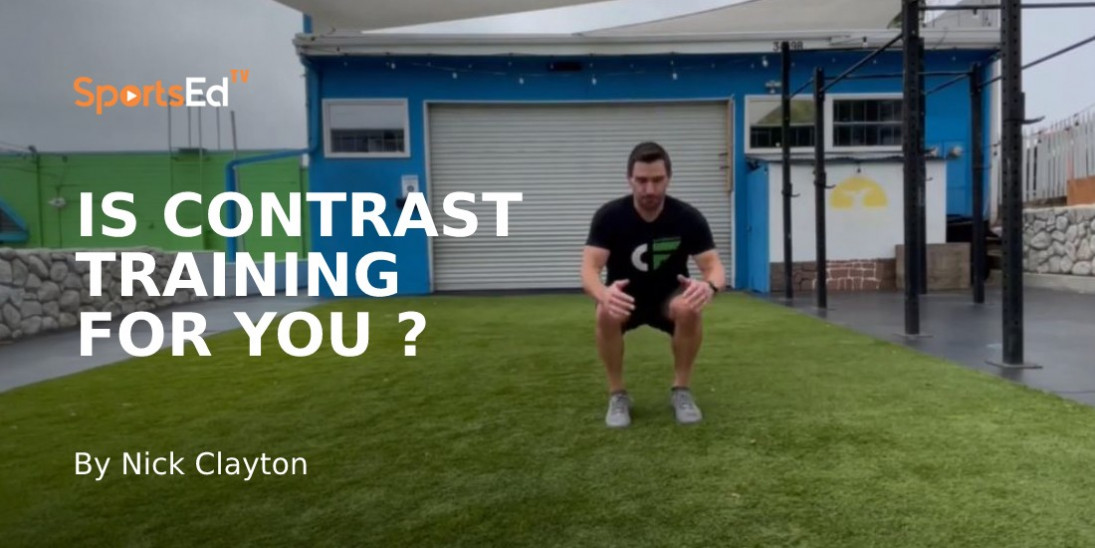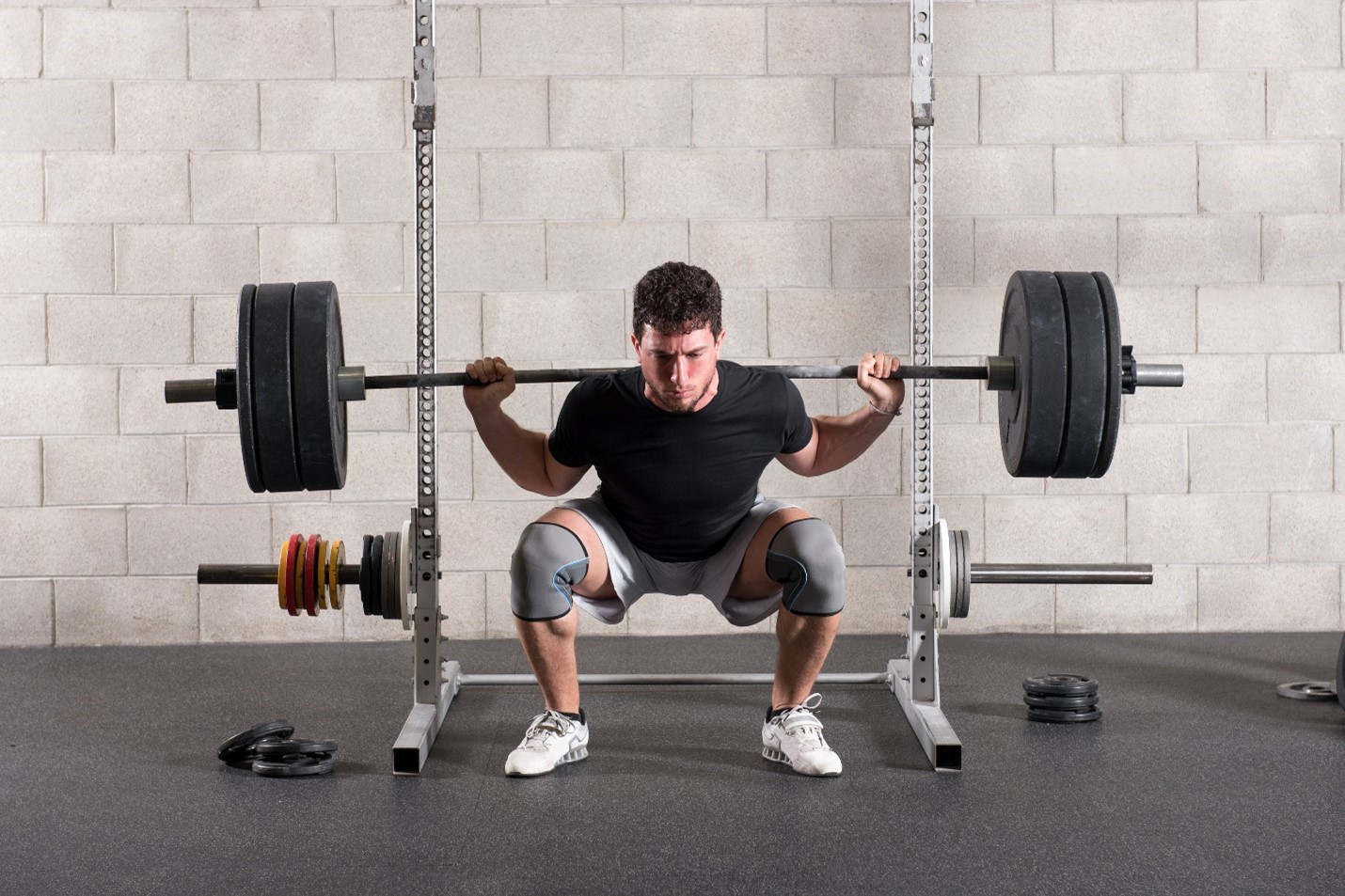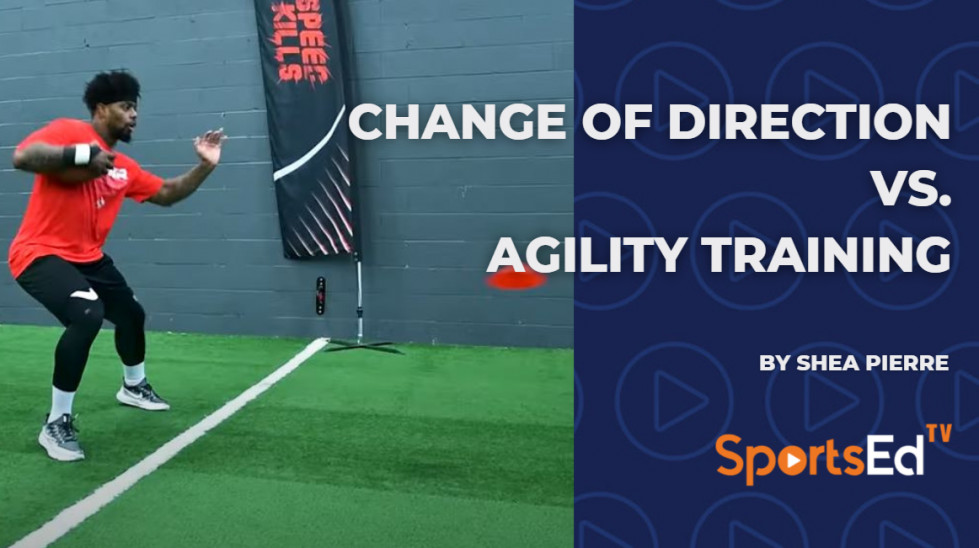Strength And Conditioning
Welcome and thanks for visiting...

Contrast Training

When you think of power, you might think of an Olympian snatching 400 lbs, Michael Jordan launching from the free throw line, or Usain Bolt running 100 meters in 9.58 seconds.
Power isn’t just important, it’s a characteristic that’s critical to performance in most sporting events, especially those that rely on jumping, change of direction, and sprinting.
Adding power training to your workouts not only translates to better on-field performance. It can improve your overall strength, resiliency (stronger tendons), and reactivity and balance.
It can be argued that power outputs are perhaps the most important characteristic separating good from great athletes.
But power isn’t reserved just for athletes that need “pop.” Improving power (output) has been shown to improve performance in a variety of endurance events (running, cycling, swimming, cross-country skiing) and reduces age-related declines in fast twitch muscle fibers (pay attention if you want to be competing into your golden years).
Strength and Plyometric Training Improve On-Field Physical Performance
There are a number of methods available to improve power training, two of the most common include:
- Strength Training: heavy, compound lifts like squats, deadlifts, and bench press
- Plyometric Exercise: light and fast bounds, jumps, hops
You can make these results especially potent when combining them in your workouts. But first, let’s dig into the concept of power.

Breaking Down Power
When we talk about improving sport performance, we’re really talking about Rate of Force Development (RFD). Or, in simpler terms, how quickly you can generate force.
Power is about explosiveness.
The faster you can develop force, the more explosive and reactive you become. And whether it’s sprinting and cutting or jumping over a warped wall in an obstacle course, you need to improve your RFD.
RFD comes down to 2 components:
- max strength (high force, low velocity)
- power (low force, high velocity).
Imagine you’re in the weight room lifting the heaviest weight possible in the squat.
During that squat, you develop a tremendous amount of force (i.e., weight), but it’s slow. It takes a long relative time to generate force to overcome a heavy amount of weight. This is a high force, low velocity lift (0.5-2.5 seconds). And it makes you stronger, but relatively speaking, not faster.
Think of a football lineman, big and strong but not necessarily fast.
Contrast that with real life athletic movements (jumping, sprinting). You’re producing max amounts of force (compared to a max squat) but it happens incredibly fast (0.01-1 seconds).
Explosive movements make you more explosive.
Think of a football wide receiver sprinting off the line or leaping for a catch.
Those two lifts are at opposite ends of the force-velocity curve, one emphasizes max force, the other emphasizes explosiveness.
In between those two ends lies a continuum of force and speed…
So that begs the question, at what end of the spectrum should you be training, heavy or fast?
The answer depends on a number of factors such as your sport/position, your natural abilities (are you naturally stronger or naturally faster?), and the time you have to train.
But what if you could train both at the same time and double down on the benefits?
Maximizing Strength AND Power
It’s well established that performing both strength AND plyometric/ballistic exercise combined is more effective for improving strength, power, speed, and overall performance than performing one or the other exclusively.
You can combine these methods through contrast training (also referred to as complex training).
Contrast training pairs high force, low velocity exercises (squats, deadlifts) with low force, high velocity exercises (plyometrics) using similar biomechanical patterns (e.g., squats and jumps).
Lifting a heavy weight first supercharges the nervous system to maximize the subsequent power exercise, a phenomenon known as Post-Activation Potentiation (“PAP”).
The PAP gives you “pop.”
Contrast training has been shown to improve acceleration and velocity translating to improved sprint, throw, and jump performance. It also develops full-body power, strength, increases muscle mass, and is efficient. In a nutshell, contrast training is a tool that can improve on-field physical performance.
Contrast Training Key Points
Contrast training isn’t for everyone. It works best with stronger, more experienced athletes. While there is no “golden-rule” as to what a “strong” athlete is, they should have a good strength base. In my humble opinion, they should move well (good body awareness, solid exercise technique) before jumping into contrast work.
Less experienced athletes are better served by building a strength base and performing power exercises separately.
Contrast Training Program Design
Contrast training commonly occurs over a 4–6-week cycle, with 1 pair performed per workout.
A 3-day per week training program might look like this:
Day 1: Lower Body Push and Vertical Jump
Day 3: Upper Body Push and Horizontal Throw/Push
Day 5: Lower Body Pull and Horizontal Jump
Strength Exercise: 75-90% of 1 rep max (“RM”), 2-4 sets of 1-5 reps.
Rest 3-4 minutes
Plyo/Ballistic Exercise: 3-6 reps or <10 seconds of work time
Rest: 3-5 minutes
Notes
- Long rest periods are needed to allow the body to recover and perform at high intensities
- Practical tip: work on mobility or light accessory work in the unaffected limbs during the rest periods (e.g., if you’re working the upper body, use active lower body stretching during the rest periods).
Exercise Selection
Strength: Choose compound exercises athletes are familiar and proficient with.
Different types of squats (front squat, back squat, box squat), deadlifts (rack pulls, trap bar), and bench presses (flat, pin press, band resisted) work best here.
Power: Choose exercises that follow a similar movement pattern.
- Think of squats as lower body vertical movements - jumping straight up.
- Deadlifts are more horizontal in nature - broad jumps.
- Bench pressing is a horizontal push - plyometric pushups.
It’s important to note that there are endless variations of the exercise examples. For example, plyometric pushups can be performed continuously from the ground, from a deadstart as single reps, from depth drops (starting with hands elevated).
A note on exercise variety. Variety is great, slight changes in an exercise change the joint stresses placed on the body and improve adaptation. But stick with variations athletes are familiar with (i.e.if an athlete has never done safety bar box squats, don’t add them to a contrast training workout).
Contrast Training Examples
- Barbell Squats + static box jumps from box (single effort) or tuck jumps (repeat effort)
- Deadlifts + broad jump (single effort) or continuous broad jumps (repeat effort)
- Bench Press + MB Chest Throw (single effort) or plyometric pushups (repeat effort)
Plyometric Exercise Examples
Plyometric Push-up Variations
Tuck Jumps:
Box Jump Variations
Broad Jump Variations
Summary
Contrast training is a viable and practical method to improve an athlete’s rate of force development with the goal of improving on-field explosiveness. It pairs heavy resistance exercise with explosive movements using similar movement patterns and results in improved power for athletic activities.
Key points to the contrast method include having adequate strength levels and training experience, assuring full rest periods between pairs and sets, and selecting exercises that follow similar movement patterns.





